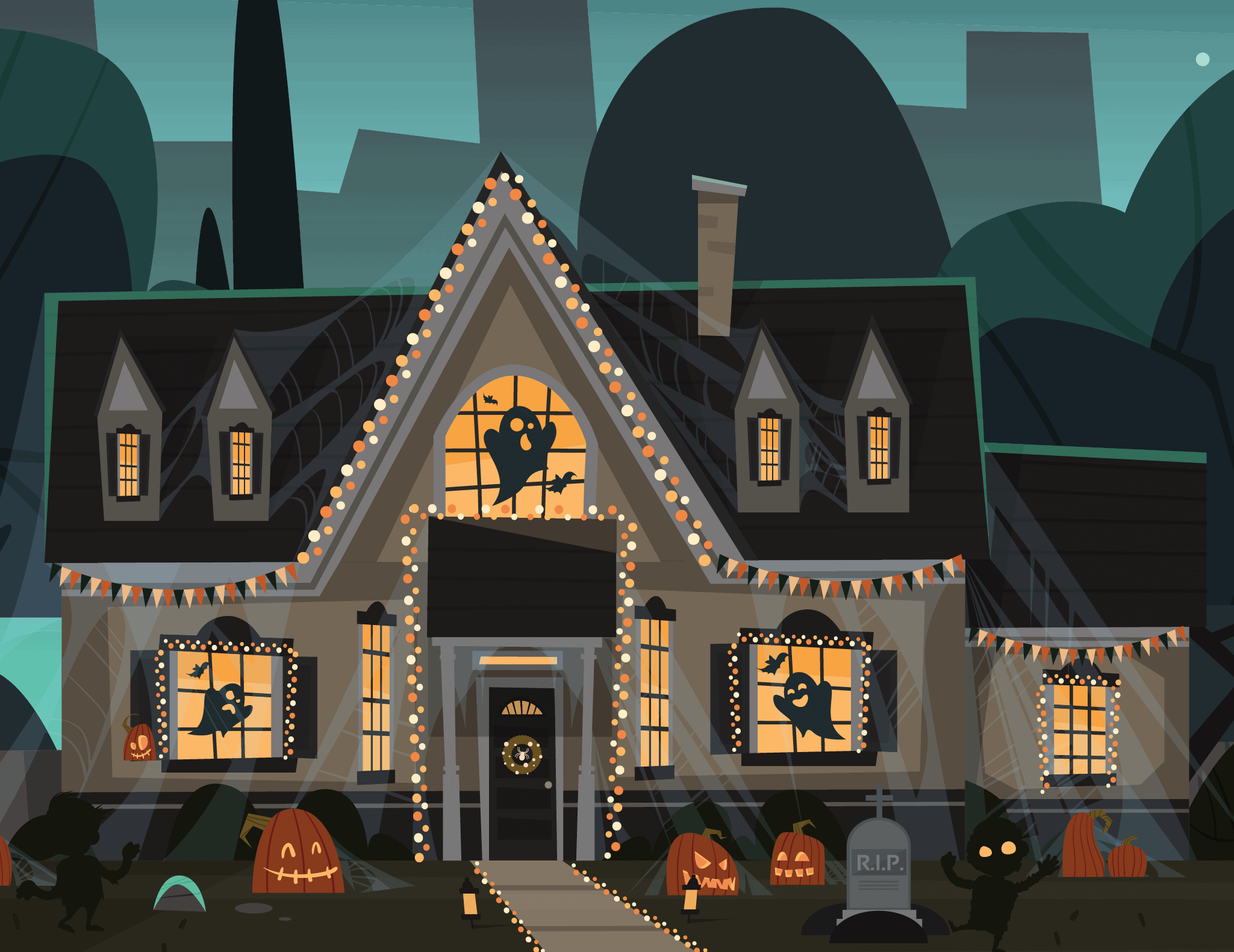The “starter home” used to be seen as a standard step in homeownership. Our new study shows that more than half of first-time buyers are skipping it entirely to buy homes that fit their lives now. Rising prices, tighter inventory, and changing priorities are reshaping the first step into homeownership. In a market defined by affordability pressures, delayed life milestones, and shifting generational priorities, the idea of a ‘starter home’ is being rewritten in real time.
We surveyed 1,000 Americans who bought their first home in the last five years to understand what changed, why, and what comes next.
Key Findings
- Half are bypassing the starter step. About 50% say they skipped a traditional starter home.
- The entry market is squeezed. 85% found starter homes overpriced, scarce, and already snapped up by investors.
- Family money matters. 22% used inherited funds toward the purchase; almost 34% funded the home with no outside help.
- Most buyers stayed near budget by compromising. About 50% hit their budget target, often by choosing older or smaller homes.
- Sticker shock is real. 53% say renovation/repair costs were higher than expected.
- Some second thoughts. Almost 28% wish they’d kept renting instead of buying.
A Small Dream, A Bigger Plan
Why people bought: The top reasons were “stop renting and own something” (43%) and “build equity for the long term,” (35%), followed by stability/control (31%) and more space (23%).
These motivations aren’t new. Buyers in 2025 want the same things as past generations: freedom from rent and a sense that a home is a smart long-term investment.
What has shifted is the traditional viewpoint. Only 18% of Gen Z buyers and 17% of millennial buyers reported buying a home because they were “planning for a family or future with a partner.” This suggests that fewer people are treating a home purchase as a traditional milestone tied to starting a family.
For many younger buyers, purchasing a home is less about following a set life path and more about securing a financial future and personal independence.
What they pictured vs. what they bought: Buyers were open to condos, townhomes, and other types of residences. But in reality, about 79% purchased a detached single-family home, often an older or smaller-than-ideal property.
Expectations flexed to fit the market, proving that compromise is often the first step into ownership.
Does the Starter Home Still Exist? Buyers Are Split
When asked what defines a starter home, buyers typically point to its smaller size (47%) and lower price point (52%), and many view it as temporary by design (42%).
But sentiment is mixed: roughly 50% report skipping the traditional starter entirely, an even split that signals the concept is evolving, not disappearing.
Pricier and Scarcer So Buyers Get Strategic
Among those who skipped a starter, the leading reasons include:
- High prices (34%)
- Not wanting to outgrow it (32%)
- Qualifying for more (31%)
- Saw it as a better long-term investment to skip (26%)
Among those who didn’t skip, many still cited limited inventory (29%) and expense (22%) as pain points. These decisions show buyers adapting, not giving up, as a result of market pressures.
Inventory data and on-the-ground reporting back this up: supply remains tight, and investors continue to compete in lower-priced tiers, pressuring the pool of entry-level homes.
Buying a Home Without Help? Gen Z Feels the Pinch
Only about one-third of first-time buyers say they fully funded their purchase without external assistance. The rest leaned on gifts, inheritance, co-signers, interest-free family loans, or rent-free living while they saved. These options are essential in today’s market, especially as rising costs and slow income growth push many without such support out of the game entirely.
This isn’t just a financial shift; it’s a generational one. First-time homeownership is increasingly skewing older (with the average hitting age 38), creating a widening affordability gap that squeezes younger folks out of the market.
Smaller Homes, Longer Drives, Fewer Regrets
Most first-time homebuyers stayed within or near budget:
- ~50% hit their number;
- ~27% went slightly over;
- ~5% went significantly over.
To make that work, many accepted older or smaller homes. The pattern was clear: keep the payment manageable, accept less space for now, and plan to upgrade later.
When “Good Enough” Becomes a Springboard
Reality check: 59% say their home mostly met expectations, and 24% say it exceeded them.
Yet many faced trade-offs, such as more repairs than expected, layouts that are not ideal, or less-than-perfect locations.
Influencers in the Living Room
Social feeds didn’t just shape kitchen aesthetics; they shaped purchase choices, especially among younger buyers.
In our data, 82% of Gen Z buyers reported that social media and creators influenced how they approached buying or what they bought:
- 14% said there was minimal influence
- 50% said they were somewhat influenced
- 18% said they were heavily influenced
Platforms like TikTok, Instagram, and YouTube are now part of the home-shopping process. Younger buyers aren’t just taking design inspiration. They’re also influenced financially, from how much to spend to what kinds of upgrades feel “must-have.”
Renovation Reality Check
Post-closing costs caught many by surprise: Gen Z, Gen X, and millennials often underestimated costs, with nearly 1 in 5 Gen X saying the costs strained their budget.
53% say renovation/repair costs ran higher than expected, and a meaningful share say it strained their budget.
National remodeling data suggest that spending will remain near recent peaks, keeping upgrades central to the homeowner’s journey.
Fixing What the Budget Didn’t Buy
Younger buyers are renovating at high rates and improving homes that weren’t perfect at move-in.
Nearly 70% of millennials and 72% of Gen Z said they are actively improving homes that didn’t quite meet their standards. Additionally:
- 32% have already made improvements.
- Nearly 1 in 5 want to, but can’t afford it.
- Only 12% said no, indicating that their home already meets their needs.
These upgrades show a shift in mindset: instead of stretching beyond their budget for perfection upfront, buyers are opting to stay put longer and invest in home improvements over time.
The Move-Up Mindset: Alive, Just Delayed
Many plan to move again in 3 to 5 years (34%), but the clock has shifted, with 57% planning on staying for six or more years.
Elevated rates and limited inventory push timelines out, especially for Gen Z buyers who want to build equity before “trading up.”
Additionally, 32% of women plan to stay in their first home indefinitely, compared to 22% of men.
The Smartest Strategy Depends on Your Age
68% of younger buyers said their strategy is to start small and move up over time, while 67% of older buyers said they would buy once and stay long-term.
In today’s market, both can be smart, but the right move is the one that matches your budget, household stage, and appetite for renovations.
How Rates Re-Shaped Choices (And Second Thoughts)
With the 30-year fixed rate at around 6.58%, many first-time buyers optimized for payment over perfection, compromising on size, location, or age to lock in a home.
A notable share, ~27%, say they wish they’d kept renting, a reminder that timing and readiness matter as much as price.
What Buyers Would Do Differently
Asked for do-overs, first-timers commonly wish they had bought for the longer term (more space, better area) or waited, while others would have stayed renters a bit longer.
The through-line is apparent: clarity on budget, repairs, and lifestyle needs turns “good enough” into a good decision for home buyers.
Homeownership is Still The Goal
While the modern housing market is prompting younger buyers to reassess their homeownership expectations, ownership remains the ultimate goal.
Almost half (45%) of respondents said they are glad they became homeowners, with 28% stating that while they miss aspects of renting, they don’t regret buying.
Additionally, almost a third of respondents (30%) said they wouldn’t do anything differently if they had to purchase a first-time home again.
Flexibility is becoming a feature, not a flaw, of modern homeownership paths. Even when budgets, timelines, and choices look different than in the past, today’s buyers are still finding ways to build stability and long-term value.
Methodology
This report is based on a national survey of 1,000 U.S. adults who purchased their first home within the last five years. Fielding occurred via Pollfish, and responses were stratified to enable subgroup analysis across age, gender, income, and other demographics. Unless noted, percentages reflect the share of respondents selecting each option. We also reference reputable third-party datasets for market context, including Freddie Mac PMMS (mortgage rates), Realtor.com (market forecasts), Redfin (investor activity), and Harvard’s Joint Center for Housing Studies (remodeling trends).
Fair Use
You are welcome to use, reference, and share non-commercial excerpts of this study with proper attribution. If you cite or cover our findings, please link back to this page so readers can view the full methodology, charts, and context.







